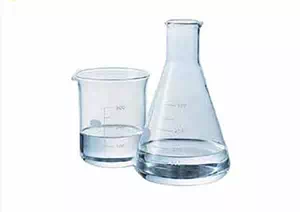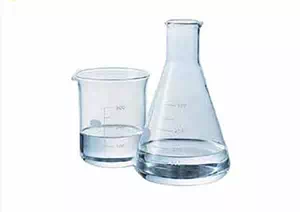All Categories


Dichloromethane CAS 75-09-2, Dichloromethane, CAS 75-09-2
Chemical Name: Dichloromethane (Also known as methylene chloride, methylene chloride, abbreviated as DCM)
CAS : 75-09-2
Formula : CH2Cl2
Mol. wt. : 84.93
EINECS : 200-838-9
| CAS | 75-09-2 |
| Molecular formula | CH2Cl2 |
| Molecular weight | 84.93 |
| EIENCS | 200-838-9 |
| Form | Liquid |
| Melting point | -97 °C |
| boling point | 39.8-40 °C mm Hg(lit.) |
| Density | 1.325 g/mL at 25 °C(lit.) |
| Solubility | Miscible in ethyl acetate, alcohol, hexanes, methanol, diethyl ether, n-octanol, acetone benzene, carbon tetrachloride, diethyl ether and chloroform. |
| PKA | / |
| Color | APHA: ≤10 |
| Storage temp |
Chemical Name: Dichloromethane (Also known as methylene chloride, methylene chloride, abbreviated as DCM)
Molecular formula: CH₂Cl₂
Molecular weight: 84.93 g/mol
CAS number: 75-09-2
EINECS number: 200-838-9
Appearance: Colorless and transparent liquid with a pungent odor similar to ether
Solubility: Slightly soluble in water (20 g/L, 20℃), miscible with organic solvents such as ethanol, ether, and acetone
Industrial solvents (dominant application, accounting for more than 60% of the demand)
Metal cleaning: Degreasing and demolding agents, used for surface treatment of mechanical parts.
Polymer material processing: Dissolving cellulose acetate (film, plastic), polyurethane foaming agent.
Petroleum dewaxing: Replacing flammable petroleum ether and diethyl ether to enhance safety.
Medicine and Laboratory
Drug synthesis: Extraction and purification solvents for antibiotics (such as amoxicillin) and anti-cancer drugs (such as mitomycin).
Laboratory cleaning: Efficiently remove residual organic matter from glassware.
Environmental protection and special fields
Refrigerant: Used in air conditioning and low-temperature refrigeration systems.
Water treatment: Remove grease and organic pollutants from wastewater.
Aerosol propellant: A propellant carrier for daily chemical products (hair spray, cleaning agents)
Health hazard:
Acute toxicity: Inhaling high-concentration vapors can cause dizziness, coma, and even pulmonary edema; Skin contact causes degreasing dermatitis.
Chronic effects: Long-term exposure can cause liver damage and neurasthenia. It is classified as a Group 2A carcinogen by the WHO (possibly carcinogenic to humans).
First aid measures: Immediately leave the contaminated area, rinse the contact area with clean water, and seek medical attention.
Environmental risk:
Air pollution: Photolysis generates phosgene (highly toxic) and hydrogen chloride.
Water accumulation: Difficult to biodegrade and highly toxic to aquatic organisms (LC₅₀ of blackhead dull fish =193 mg/L).
Operating Specifications:
Protective equipment: Gas mask, acid and alkali resistant gloves and goggles.
Storage requirements: Cool and well-ventilated, away from fire sources, temperature ≤25℃, relative humidity <75%.
Leakage treatment: Adsorb with sand and soil. Direct flushing is strictly prohibited (to prevent the spread of pollution).
* Prompt reply and 24 hours online, professional team to provide best price and high quality product.
* Sample testing support.
* Every batch of products will be tested to ensureits quality.
*The packing also can be according the customers` requirment.
*Any inquiries will be replied within 24 hours.
*we provide Commerical Invoice, Packing List, Bill of loading, COA , Health certificate and Origin certificate. If your markets have any special requirements, let us know.